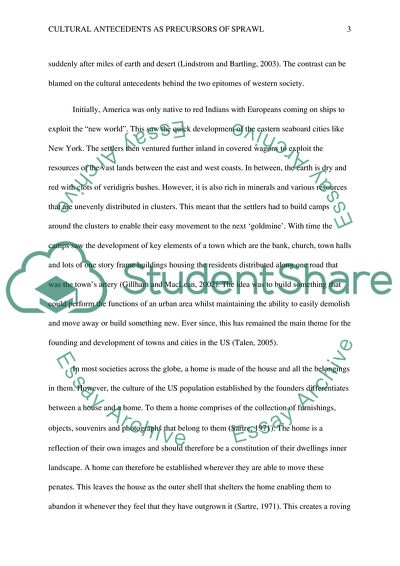Cite this document
(The Cultural Antecedents as Precursors of Sprawl Article Example | Topics and Well Written Essays - 1250 words, n.d.)
The Cultural Antecedents as Precursors of Sprawl Article Example | Topics and Well Written Essays - 1250 words. https://studentshare.org/architecture/1860901-disccuss-the-cultural-antecedents-which-may-be-seen-as-precursors-to-contemporary-forms-of-sprawl
The Cultural Antecedents as Precursors of Sprawl Article Example | Topics and Well Written Essays - 1250 words. https://studentshare.org/architecture/1860901-disccuss-the-cultural-antecedents-which-may-be-seen-as-precursors-to-contemporary-forms-of-sprawl
(The Cultural Antecedents As Precursors of Sprawl Article Example | Topics and Well Written Essays - 1250 Words)
The Cultural Antecedents As Precursors of Sprawl Article Example | Topics and Well Written Essays - 1250 Words. https://studentshare.org/architecture/1860901-disccuss-the-cultural-antecedents-which-may-be-seen-as-precursors-to-contemporary-forms-of-sprawl.
The Cultural Antecedents As Precursors of Sprawl Article Example | Topics and Well Written Essays - 1250 Words. https://studentshare.org/architecture/1860901-disccuss-the-cultural-antecedents-which-may-be-seen-as-precursors-to-contemporary-forms-of-sprawl.
“The Cultural Antecedents As Precursors of Sprawl Article Example | Topics and Well Written Essays - 1250 Words”. https://studentshare.org/architecture/1860901-disccuss-the-cultural-antecedents-which-may-be-seen-as-precursors-to-contemporary-forms-of-sprawl.


